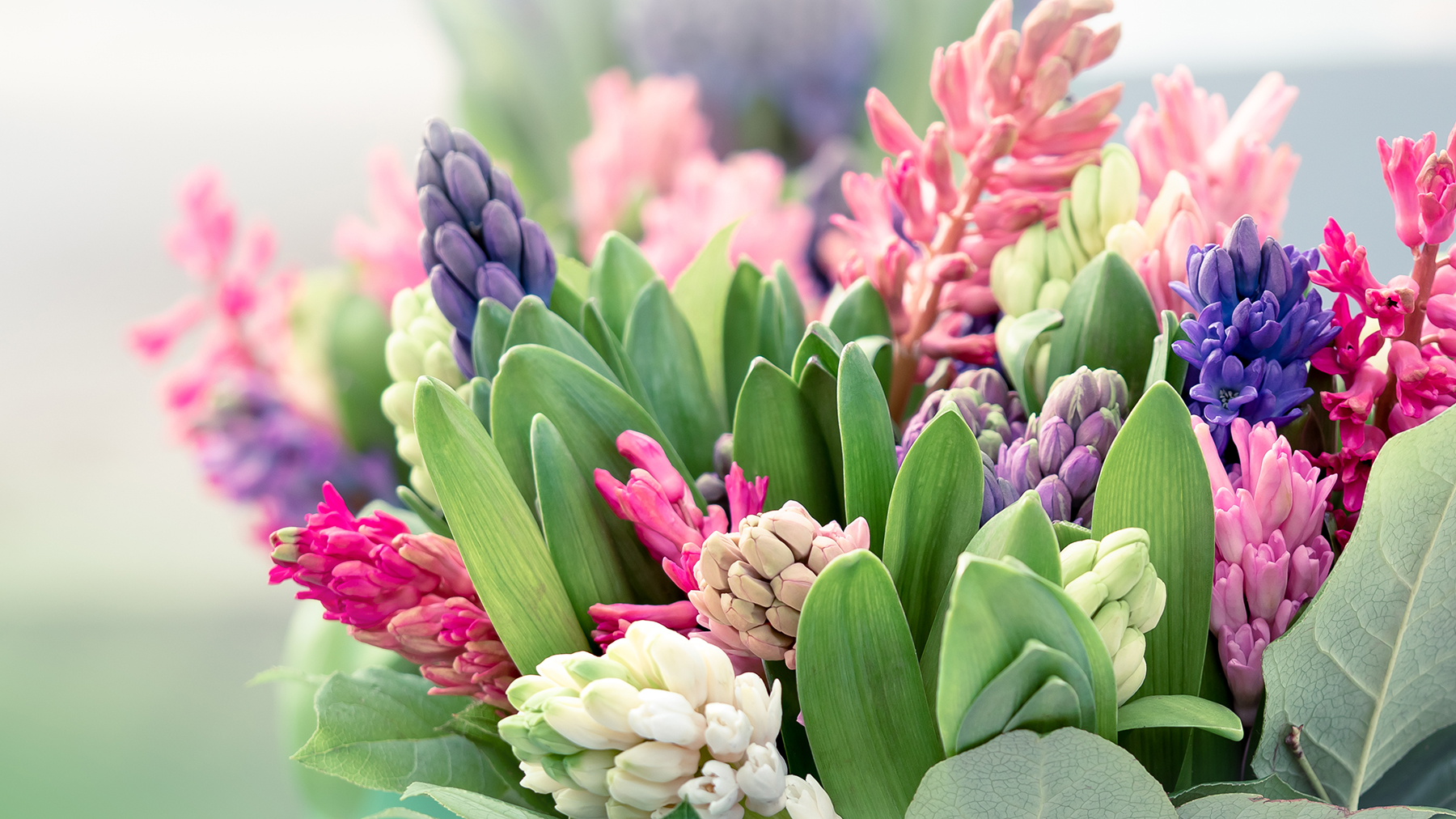
There’s nothing like being presented with a bouquet of fresh blooms, but it’s even more rewarding when you’ve grown them yourself. Growing your own flowers is also a natural hack to make your home smell good without chemicals, and it's particularly prevalent as we approach Earth Day on April 22. And, just like these 5 powerful houseplants that will ease stress and boost your mood, bringing nature inside is good for your health.
These five fragrant flowers will bring the sweet aroma of nature inside your home this spring. Ideal for growing in a cutting garden, they’ll provide a ready supply of beautiful blooms to enjoy inside and out. Here, Igor Podyablonskiy, florist and flower expert at MyFlowers, offers his pick of the best cut flowers for fragrance.
1. Lavender
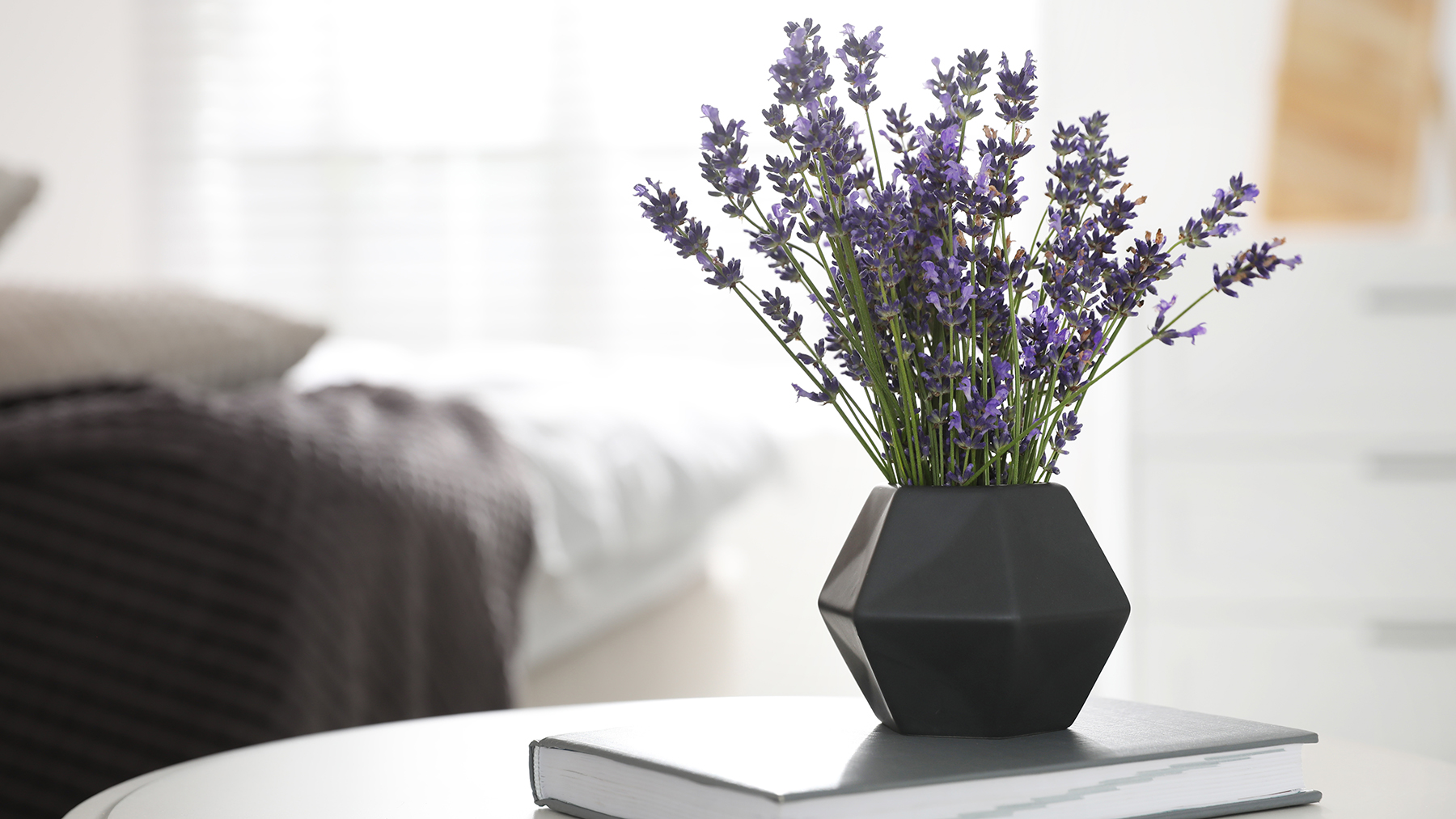
“Famous for its calming properties, lavender has natural relaxation abilities and a beautiful scent that makes it ideal for bedrooms and living rooms”, says Podyablonskiy. “Simply place a vase of fresh lavender in areas where you unwind or place dried lavender under pillows and in drawers for a soothing and welcoming surprise.”
The U.S. Lavender Growers Association suggests growing English Lavender, Lavandula angustifolia, for cutting. It’s also one of the earliest bloomers, making it a good cut flower for springtime. Purchase a 3-pack of English Lavender ($58 at Home Depot) to get your cutting garden off to a start.
2. Jasmine
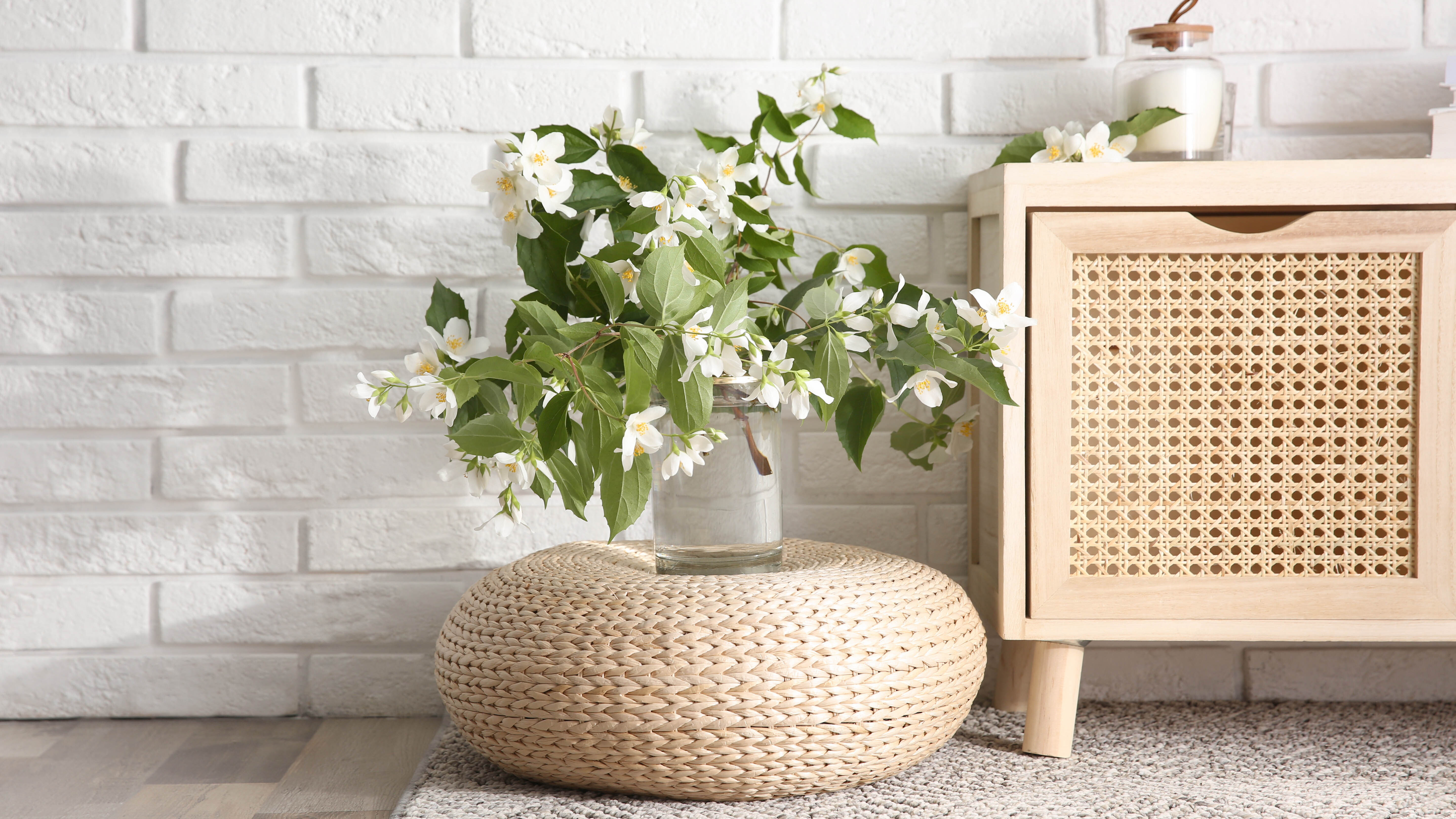
Although not often considered a traditional cut flower, Podyablonskiy describes jasmine as having a “sweet and floral scent that can fill an entire room”. Its rich, sweet, fruity scent is also sensual and a favorite with perfumers.
“Jasmine does best in sunny environments, so place it close to your windows for a fragrance that will travel throughout your home,” says Podyablonskiy.
When cutting jasmine from a garden plant, cut them in the morning or evening when the plants are most hydrated. This will help the stems last longer. Cut the stems at an angle to ensure optimal water intake using one of the best pruning shears to give a clean, healthy cut. Then, remove the lower leaves and blossoms and place them in your chosen vase.
Check the variety if you’re choosing a jasmine to grow in your yard. Although winter jasmine (jasminum nudflorum) can withstand colder temperatures, it is not fragrant. Star Jasmine ($19 at Amazon) is a good contender. It’s an evergreen variety, so it will look good in your yard throughout the year and it also blooms in spring.
3. Hyacinths
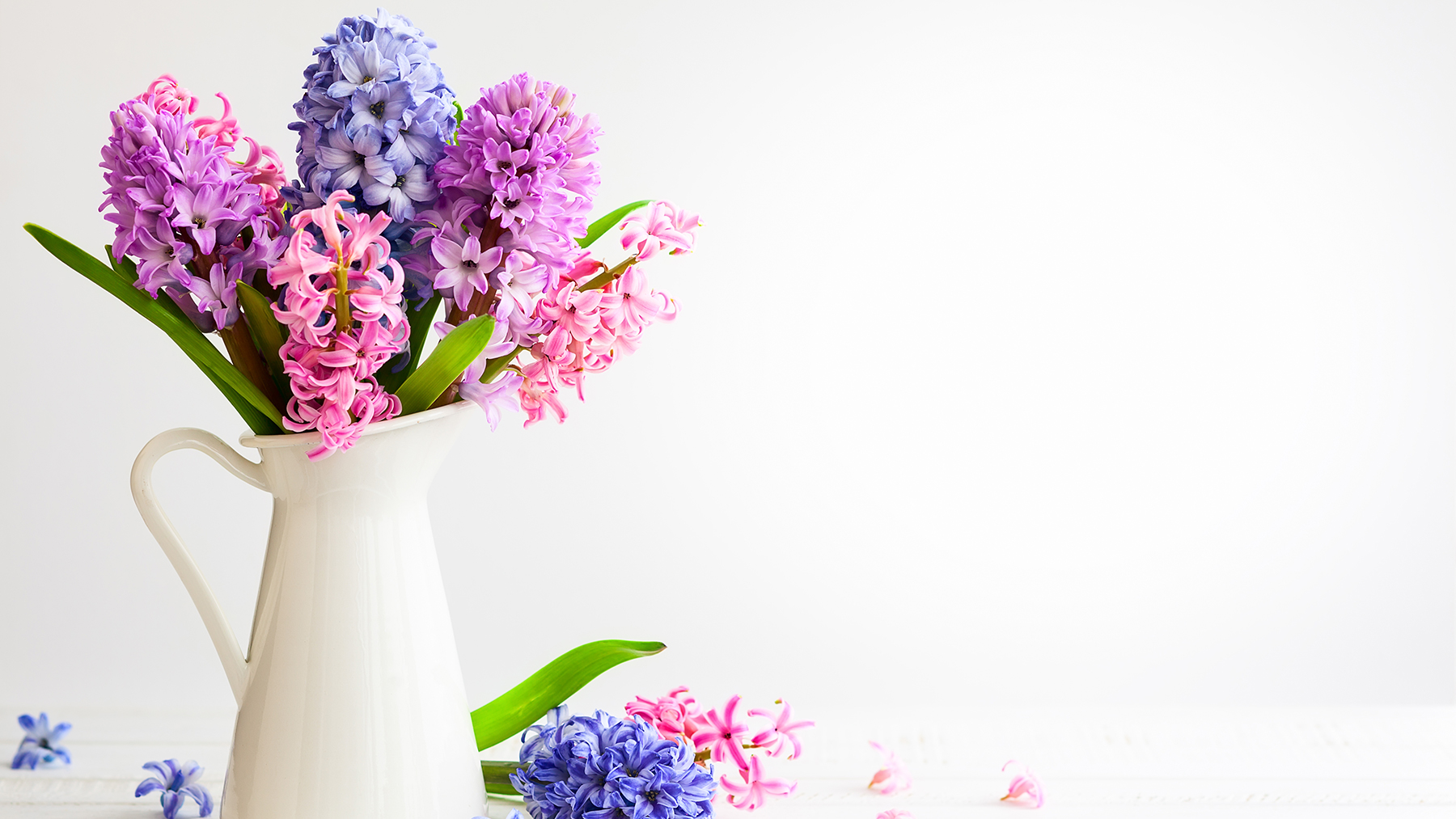
There’s nothing that epitomises spring more than a hyacinth. Blooming in early to mid-spring, Podyablonskiy describes them as “bold and bright, with a rich, sweet, and floral fragrance.” And as they come in various shades — from white, cream, pink, rose, apricot and lavender to cobalt blue, deep purple and wine red— there’s a color for everyone. Try these 10 mixed hyacinths bulbs ($29 at Amazon) for a colorful display of blooms.
“Simply place a bowl of bulbs in your living room or add them to cut bouquets for a burst of colour and scent,” he adds.
The benefit of hyacinths as cut flowers is that they are long-lasting. If you’re growing them outside in a cut flower garden, expect the flowers to take three weeks to open once the leaves have emerged. They are also on the top-heavy side, so when placing them in a vase, make sure they are well-supported to avoid them flopping over.
4. Sweet peas
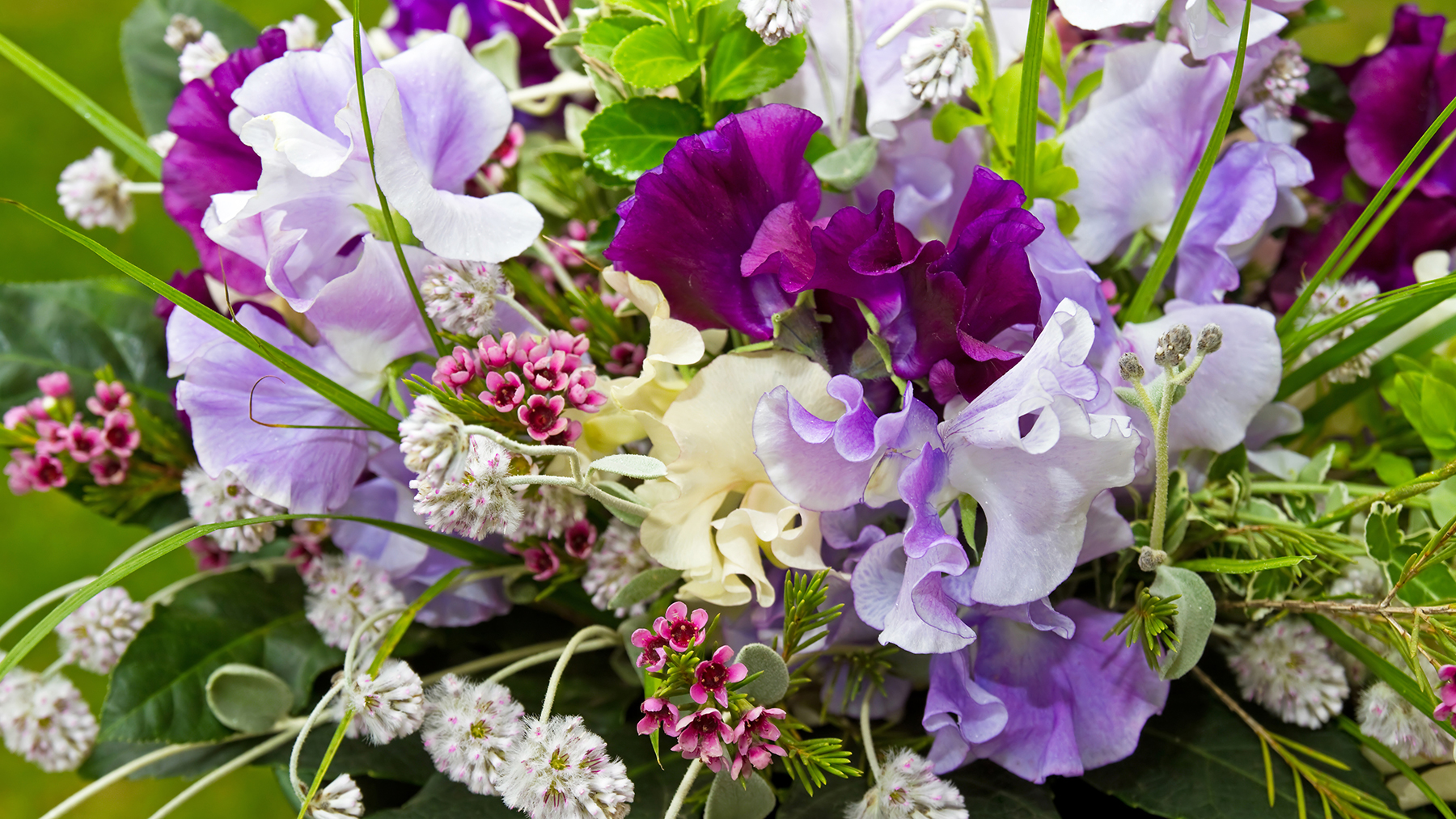
Sweet peas are fun to grow and also make an excellent cut flower. “They are often described as smelling like vanilla and honey”, says Podyablonskiy, “and when placed in a vase in your living room, the fruity and floral fragrance will spread.”
He suggests an alternative way of enjoying the scent inside is to grow sweetpeas in window boxes. Then, on warmer days, you can open your windows wide to enjoy the sweet aroma.
Sweetpeas can be grown from seed, like these Burpee ‘Summer Love Mix’ seeds ($1.69 at Home Depot), or grown from plug plants in the Spring. They love to climb and will grow to about 6½ft, so plant them in a container or directly into a border using canes to create a wigwam support.
There’s plenty of choice when it comes to growing sweet peas for scent, as they are all delightful. However, Matucana has bi-colored flowers that are highly scented.
5. Gardenia
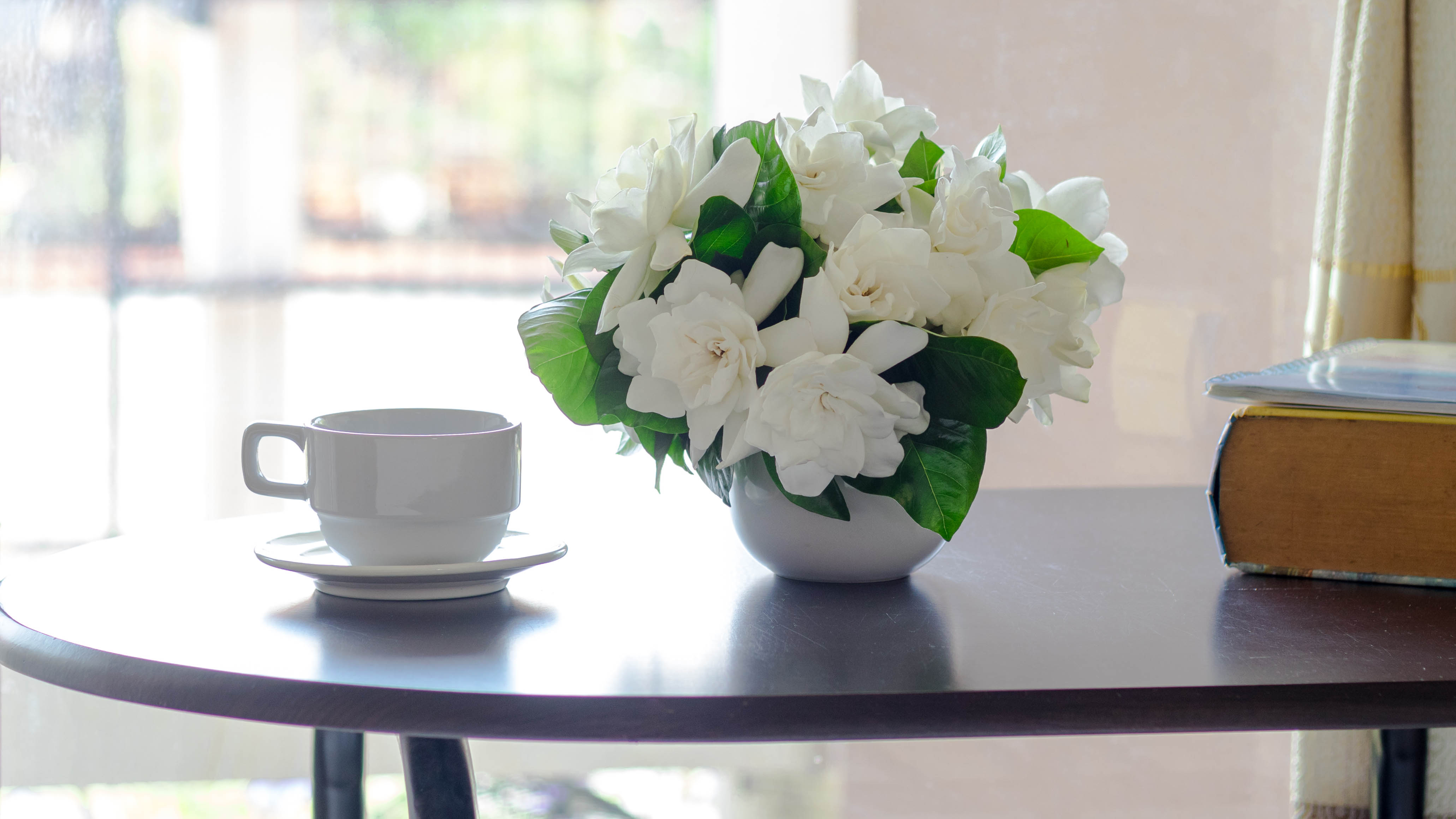
Gardenias are beautiful inside and out, so it’s no wonder that their pure whiteness and bold scent make them a top choice as a wedding flower. “They look luxurious, and their smell is intoxicating, which makes them a great addition to entryways and halls,” says Podyablonskiy.
Gardenia’s glossy, dark green leaves set off the elegant white blooms creating an elegant display. However, be warned, the blooms will turn yellow if you touch them as they react with oils on your skin, so be sure to wear the best gardening gloves when you are handling them.
Before placing the flowers in a vase, trim the stems at a 45° angle. Then, using a craft knife, cut the stem length-wise by about half an inch. This will enable the woody stem to absorb water more easily and help extend its life.
Gardenias are grown as shrubs and are best suited for USDA Zones 7-10, although they can be grown in containers within other Zones. Jubilation Gardenia ($40 at Lowe’s for a 2-pack) is an evergreen that blooms in Spring and once again from summer to fall.
6. Rosemary
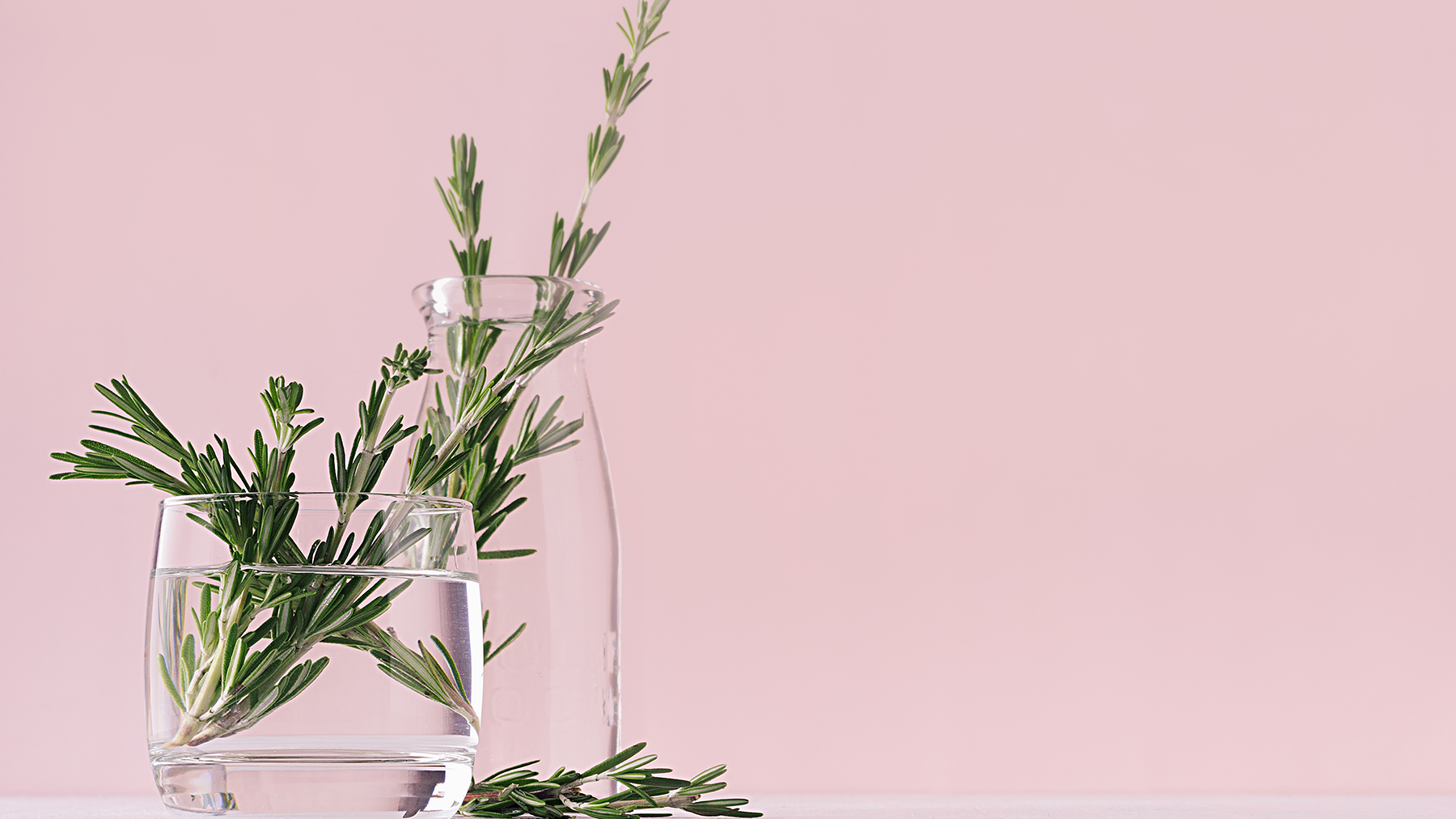
We don’t often think of cutting herbs to use for their fragrance, but rosemary has other benefits besides culinary use. “It has a fresh and invigorating scent that does wonders for your home,” says Podyablonskiy, “with a woody, deep, and uplifting rosemary fragrance that can boost your mood and is a great addition to our sometimes dreary spring days.”
In fact, rosemary’s aroma has been linked to improving mood, relieving stress, and lowering cortisol levels — it sounds like we could all use a bit more rosemary in our lives.
“Potted rosemary is great in kitchens and acts as a natural air freshener, or you could include sprigs in your seasonal bouquets,” he adds.
If you’re keen to grow rosemary from seed, ‘Tuscan Blue’ makes a good choice for its lemony notes ($7 at Amazon).
7. Freesias
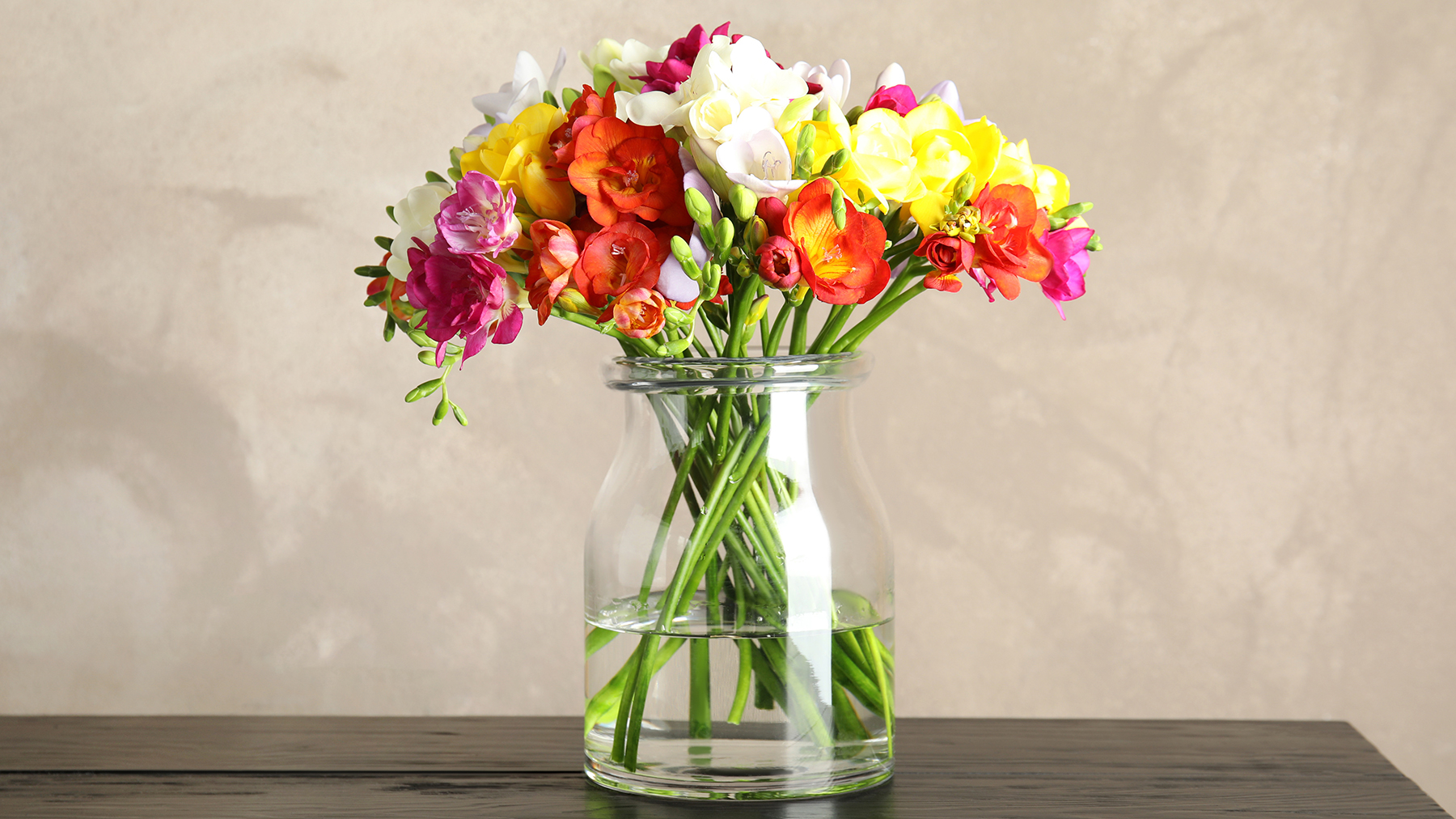
“Freesias are vibrant, bright, and colorful, and have a sweet and citrus scent that makes them ideal for Spring,” advises Podyablonskiy. Moreover, just like hyacinths, they are available in a range of shades, meaning there will always be one to suit your interior scheme.
He suggests leaving them in the sun to gain the most from their fragrant aroma, which will fill any sized room, despite the flower’s small stature and delicate funnel-shaped flowers. And if you’re looking for the most fragrant freesias, Longfield Gardens suggests choosing yellow and white blooms.
It also advises cutting freesias when they are still in bud, as they can last up to three weeks in a vase. Adding flower food and changing the water twice a week will also help to keep them fresh for longer.
Freesia corms can be planted in containers or straight into the garden and bloom in Spring and summer. They are winter hardy for Zones 9-10 and should be planted in the fall, although for cooler Zones, they are best planted in the Spring for flowers in late summer; otherwise, plant them in containers and move them inside during the winter.
Freesia ’Double White’ ($14 for 15 bulbs at Walmart) is a pretty variety with double trumpet-shaped blooms.







